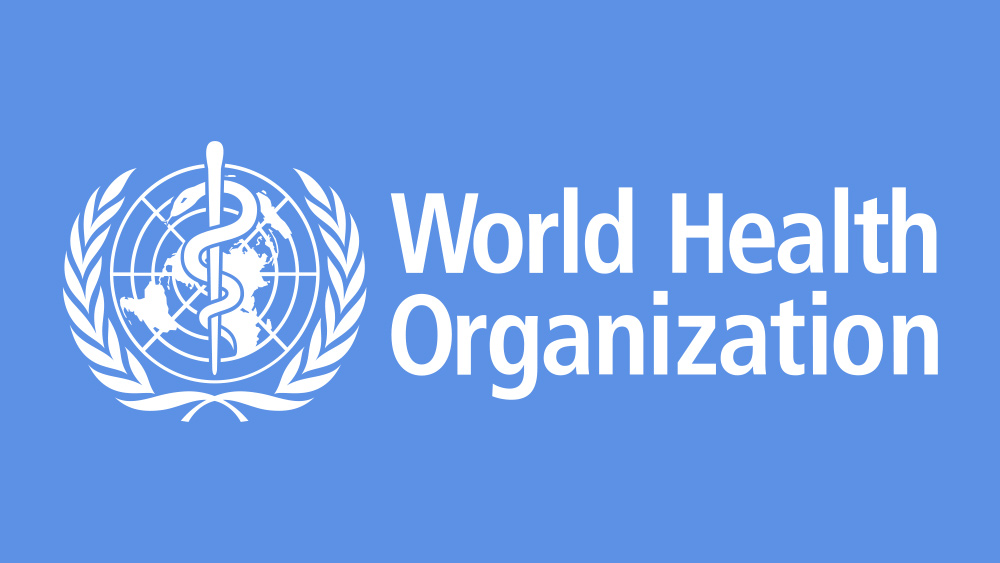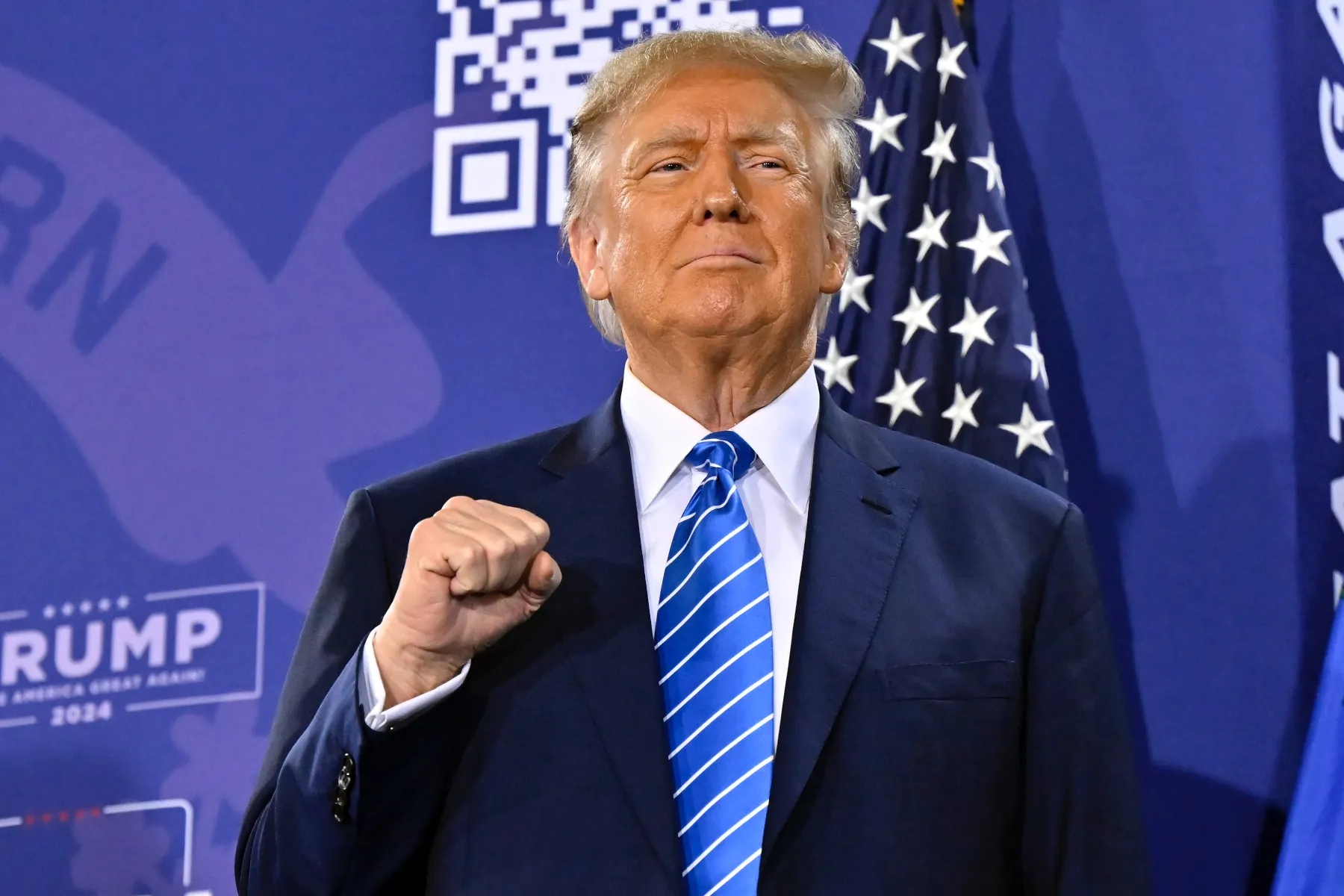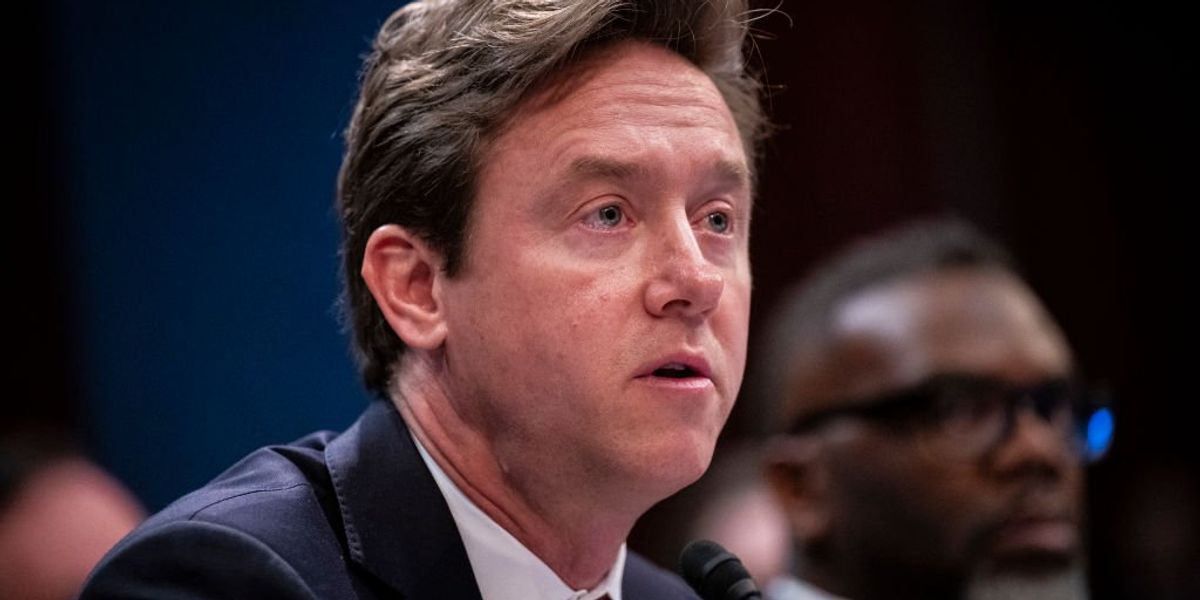The World Health Organization (WHO) has been thrust into the spotlight following President Donald Trump’s decision to withdraw the United States from the organization. This move has left WHO in a precarious position, desperately seeking donations to cover a substantial funding gap of $706 million, which accounts for a significant portion of its budget for the 2024-2025 cycle.
President Trump signed an executive order on January 20, 2025, marking the beginning of a year-long withdrawal process. This decision stems from mounting concerns about WHO’s accountability and the financial strain it places on the United States, its largest contributor. Trump’s action signifies growing impatience with what is seen as the organization’s inefficiencies and bias.
To address the financial shortfall, WHO has enacted strict cost-saving measures. These include freezing hiring, cutting travel expenses, and halting capital investments. Unfortunately, these reductions will significantly affect critical programs, particularly those focused on combating HIV, AIDS, and tuberculosis, which heavily depend on U.S. voluntary contributions.
The withdrawal underscores the controversy surrounding WHO’s management of the COVID-19 pandemic, especially its perceived alignment with Chinese authorities. The organization faced criticism for lauding China’s lockdown efforts and accepting conclusions about the virus’s origins without comprehensive data.
With the U.S. stepping back, WHO’s future now hinges on the goodwill of individual donors and other member states. This shift challenges the organization to rely on collective support rather than depending on a single benefactor, raising questions about its capacity to manage global health crises effectively.
Give Me Five Podcast
Maria Van Kerkhove, WHO’s technical lead on COVID-19, took to X (formerly Twitter), urging people worldwide to contribute. She wrote, ”Consider a donation to @WHO via the @WHOFoundation – One Dollar, One World #ProudToBeWHO.” Despite her plea, the fundraising campaign has only managed to gather a modest sum, far short of its ambitious billion-dollar target.
The executive order reflects a longstanding sentiment in the U.S. regarding WHO’s operations. Previously, in 2020, Trump had announced a similar withdrawal due to dissatisfaction with WHO’s pandemic response and perceived favoritism towards China. Although this decision was reversed under Biden, the current administration’s stance highlights ongoing frustrations with WHO’s accountability.
The United States has historically been WHO’s largest financial supporter, contributing both mandatory and voluntary funds. For the upcoming budget cycle, the U.S. was expected to provide substantial financial support. In contrast, China, despite being the second-largest economy, contributes significantly less.
In light of the funding gap, WHO Director-General Tedros Adhanom Ghebreyesus has informed staff of the need for stringent budgetary measures. These include a hiring freeze and a halt on capital investments, with travel expenditures to be minimized. Meetings will be held virtually whenever possible.
The funding cuts are likely to impact programs that heavily rely on U.S. contributions, such as those addressing HIV, AIDS, and tuberculosis. The U.S. has been a major supporter of these initiatives, and their future now hangs in uncertainty.
The executive order also brings attention to WHO’s handling of the pandemic and its interactions with Chinese authorities. Early in the outbreak, WHO praised China’s containment measures, a stance that raised eyebrows and led to accusations of the organization echoing Chinese propaganda.
In 2021, a WHO mission to Wuhan concluded that a lab origin of the virus was “extremely unlikely,” a statement reportedly influenced by Chinese pressure. Despite ongoing requests for data from China, WHO has yet to receive comprehensive information necessary to fully understand the virus’s origins.
The U.S. withdrawal prompts serious questions about WHO’s sustainability. Although international conventions require the U.S. to meet its current financial commitments, enforcement mechanisms remain vague. WHO is still owed a substantial amount in assessed contributions for the year.
Currently, WHO must rely on the generosity of individual donors and member states. However, with limited funds raised, it’s evident that public enthusiasm for supporting the organization has waned. This may reflect WHO’s diminished credibility or a simple lack of awareness among the public.
One undeniable truth is that WHO’s dependency on U.S. funding has been a double-edged sword. While American contributions have empowered WHO to tackle global health challenges, they have also allowed other nations to evade their responsibilities.
As WHO navigates this new reality, it must face the reality that its survival depends not on the generosity of a single nation, but on the collective responsibility of all its members. In the words of Van Kerkhove, it’s a time for the world to unite and collaborate.
The question remains whether WHO can rise to this challenge. For now, its future is as uncertain as the origins of the pandemic that put it in this position. The organization must now look towards a future built on shared responsibility and collaboration.




Well. WHO ran cover for China, let China pay for it. We don’t need the WHO, and after being treated like a biatch, we don’t want them either.
Trump took the money and gave it to GAVI (essentially WHO again, so he pretty much DID NOTHING